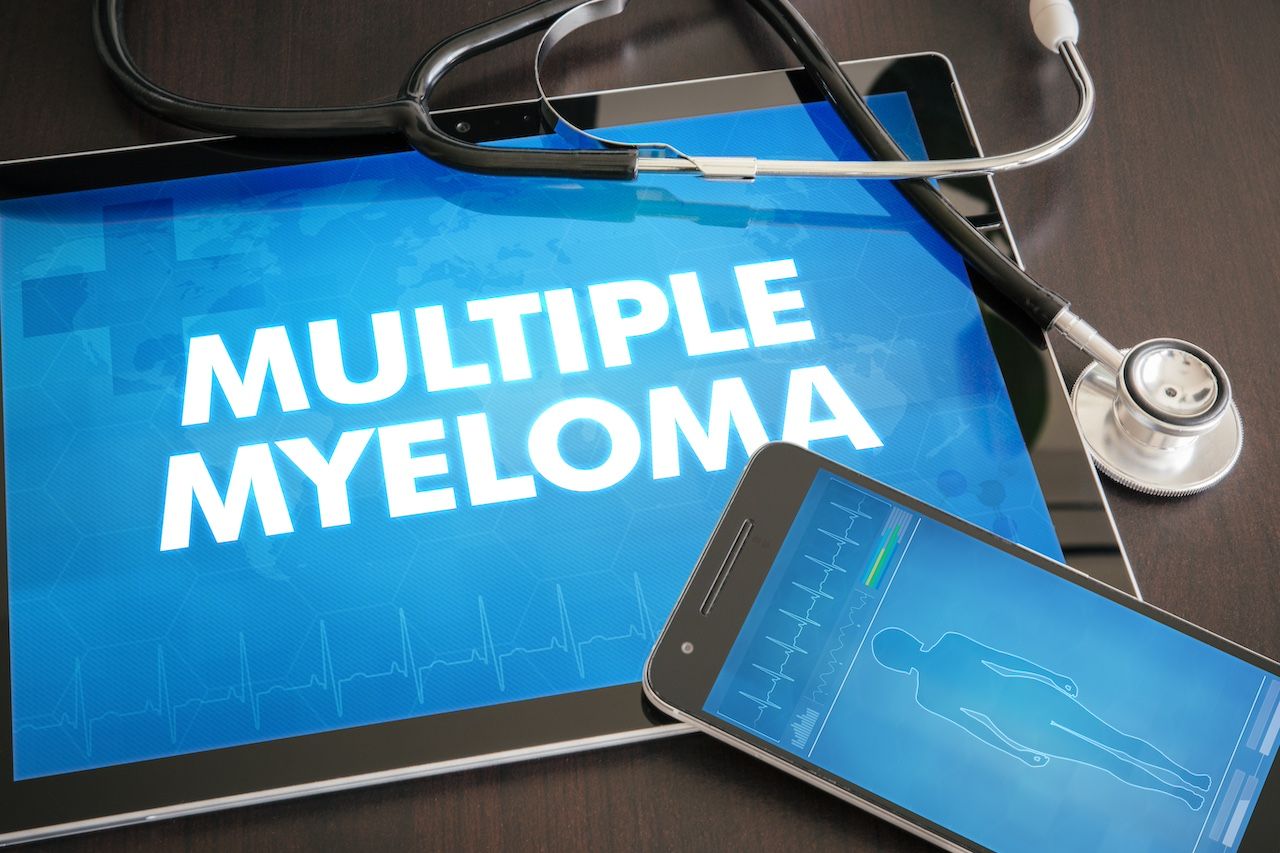Article
Economic, Racial Barriers Impact Access to Biologic Treatments for Psoriasis
Author(s):
A study of the prevalence and treatment of psoriasis in older Americans suggests the presence of economic and racial barriers.
A study of the prevalence and treatment of psoriasis in older Americans suggests the presence of economic and racial barriers, according to a study published in the Journal of Investigative Dermatology.
Researchers from the Perelman School of Medicine at the University of Pennsylvania analyzed the prevalence of psoriasis and its treatments, focusing on biologics and their use, among Medicare beneficiaries.
Only 27% of the total population studied had moderate to severe psoriasis, and just 10% of all patients studied were receiving biologics. Although 7.5 million Americans are affected by psoriasis, a prevalence rate of 2% to 4%, the researchers determined the prevalence of medical claims for the disease ranged from just 0.51% to 1.23%.
“Previous studies have shown that psoriasis is associated with major physical and psychosocial health burdens that increase proportionally with more severe disease,” lead author Junko Takeshita, MD, PhD, a dermatologist at Penn Medicine, said in a statement. “Although the biologics are generally regarded as being highly effective treatments for patients with moderate or severe psoriasis, our results suggest that out-of-pocket costs and race may impact who receives these treatments.”
The researchers found that patients with a Medicare Part D low-income subsidy were 70% less likely to receive biologics than patients with the low-income subsidy. Black patients were 69% less likely than white patients to receive biologics.
“Future studies are needed to determine if these barriers exist among psoriasis patients with Medicaid or private insurance,” said senior author Jalpa A. Doshi, PhD, associate professor of Medicine at the Perelman School of Medicine. “Additionally, further study should focus specifically on identifying the causes of such barriers, whether they are patient-centric variables such as treatment preferences and varying levels of understanding the disease, or physician factors including the frequency with which certain treatments are being offered.”
Newsletter
Stay ahead of policy, cost, and value—subscribe to AJMC for expert insights at the intersection of clinical care and health economics.





